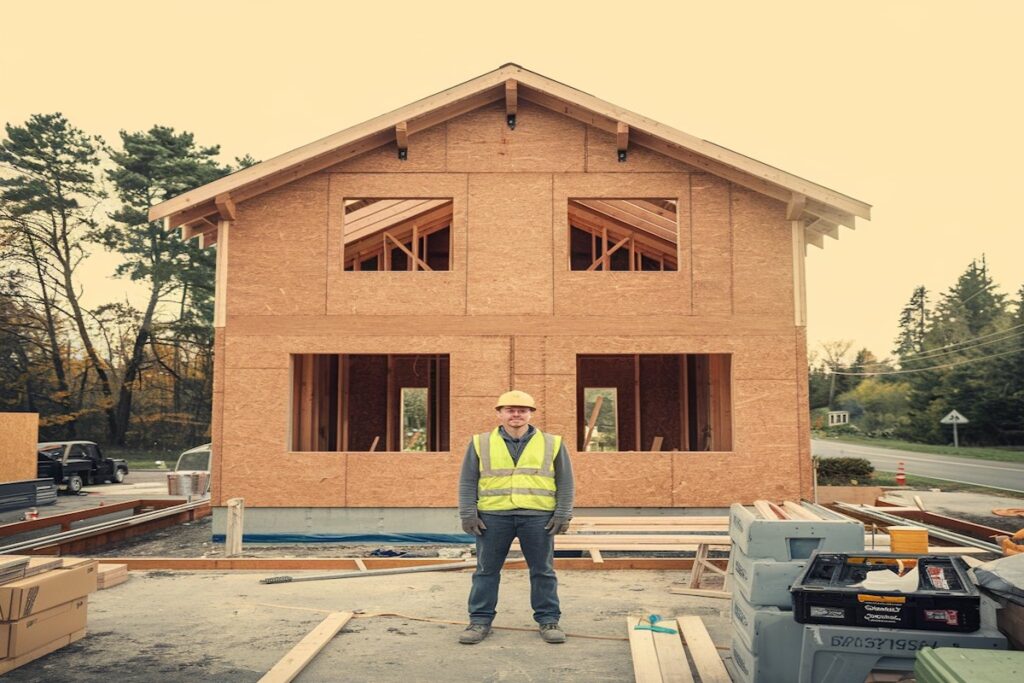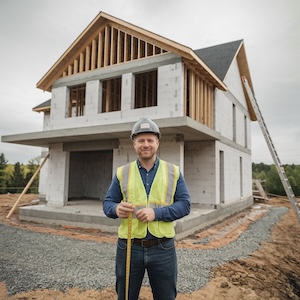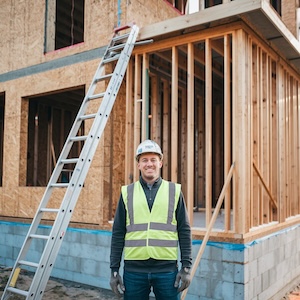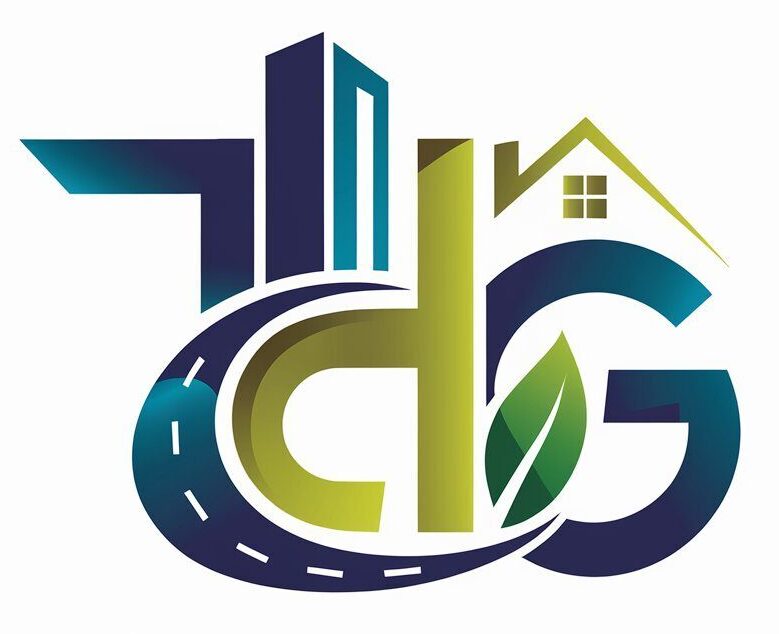Common Mistakes & How To Avoid Them
Common Mistakes When Building a Custom Home & How to Avoid Them
Building a custom home is a significant undertaking that requires careful planning and thoughtful decision-making. While it can be a rewarding experience, it’s easy to make mistakes along the way. Many homeowners encounter issues like budgeting errors, poor planning, and hiring the wrong contractors, which can lead to delays, extra costs, and stress. By being aware of some of the most common mistakes, you can take steps to avoid them and ensure that your custom home project goes as smoothly as possible. Below, we’ll outline some of the typical mistakes people make when building a custom home and provide tips on how to avoid them.

1. Budgeting Errors: Underestimating or Overestimating Costs

One of the most common and costly mistakes people make when building a custom home is budgeting errors. Many homeowners either underestimate the cost of the project or fail to account for additional expenses, leading to financial strain down the line.
Underestimating the Costs
It’s easy to get excited about your dream home and overlook the full cost of construction. For example, while the initial building costs might seem manageable, there are often hidden expenses like permits, inspections, utility hookups, landscaping, and interior furnishings that can add up quickly. And, unfortunately, not all of these are negotiable. Additionally, design changes or upgrades to materials during construction can lead to unexpected costs.
How to Avoid It:
- Create a Detailed Budget: Work with a builder or financial advisor to create a comprehensive budget that covers not only construction but also all other aspects of the project. Include estimates for permits, inspections, landscaping, and even unexpected costs like weather delays or material price increases.
- Include a Contingency Fund: It’s wise to set aside a contingency fund—typically around 10-20% of the total budget—to cover any unforeseen expenses that may arise during the project.
- Get Multiple Estimates: Don’t settle for the first quote you receive. Gather estimates from multiple contractors and suppliers to get a clearer picture of the cost range for materials and services.
Overestimating the Costs
On the other hand, some people may overestimate the costs involved and create a budget that’s too high. This can result in over-spending on unnecessary features or overly high-quality materials that might not be needed for the overall design or function of the home.
How to Avoid It:
- Do Your Research: Look into the typical costs for your area and consider your needs. Overpaying for materials that don’t match the overall design of the home can be wasteful, so choose wisely.
- Stick to What You Need: Prioritize the essentials first and determine which features are truly important for your home. This will help you avoid overspending on unnecessary additions or premium upgrades.
2. Poor Planning: Not Thinking Ahead About Future Needs

Another common mistake when building a custom home is failing to plan for future needs. It’s easy to focus on your current lifestyle, but your needs might change over the years, especially if you’re building a home for the long term.
Not Planning for Growth
One example is not planning for future family growth or other changes. If you plan to have children or expect elderly relatives to move in, you’ll want to ensure that your custom home has enough bedrooms, bathrooms, and accessible features to accommodate these future changes.
How to Avoid It:
- Think About the Future: While it’s important to meet your immediate needs, don’t forget about the future. Consider how your family might grow, how your work-from-home needs could change, or any aging-in-place features that might be important later on.
- Consult With Experts: If you’re not sure how to plan for future needs, talk to an architect or designer who can help you plan for expansion or modifications down the road.
Not Considering Resale Value
Another issue that often arises during the planning phase is neglecting the potential resale value of the home. While a custom home is meant to reflect your personal tastes, it’s important to strike a balance between individuality and universal appeal. Overly niche designs or features may limit the number of potential buyers down the road.
How to Avoid It:
- Think About Market Trends: Make sure your custom home includes features that are appealing to a wide range of buyers. Focus on timeless design elements, functional layouts, and quality finishes that will hold up well in the real estate market.
- Consult With a Realtor: If resale value is a concern, ask a local real estate agent for advice on what buyers are looking for in your area. They can offer valuable insights into the design features and layouts that tend to attract buyers.
3. Bad Contractor Choices: Picking the Wrong Team

Choosing the right contractor is essential for the success of your custom home project. A bad contractor can cause delays, go over budget, or even do subpar work that impacts the quality of your home. Many homeowners make the mistake of hiring a contractor based on price alone or without fully vetting them.
Hiring Based on Price Alone
While it’s tempting to choose the lowest bidder, this can often lead to problems down the road. Low-cost contractors can be good enough for prefab homes, but may cut corners, use substandard materials, or lack the experience necessary to complete the job to your standards when it comes to custom homes. It’s important to understand that price alone shouldn’t be the deciding factor.
How to Avoid It:
- Check References and Reviews: Always ask for references from previous clients and check online reviews. This will help you gauge the contractor’s reliability and quality of work.
- Look at Past Projects: If possible, visit homes the contractor has worked on to get a sense of their craftsmanship. This will help you determine if their style aligns with your vision.
- Get Multiple Bids: Don’t settle for the first contractor you meet. Get bids from several contractors and compare their experience, pricing, and timelines.
Poor Communication with Contractors
Another common mistake is failing to establish clear communication from the outset. If expectations aren’t properly set, miscommunications can lead to delays, misunderstandings, and frustration.
How to Avoid It:
- Establish Clear Expectations: From the beginning, be clear about your vision, budget, and timeline. Make sure everyone is on the same page regarding the scope of the project and any changes that may come up.
- Maintain Regular Communication: Set up regular check-ins with your contractor to stay updated on progress and address any issues early on. This will help keep the project on track and prevent surprises.
